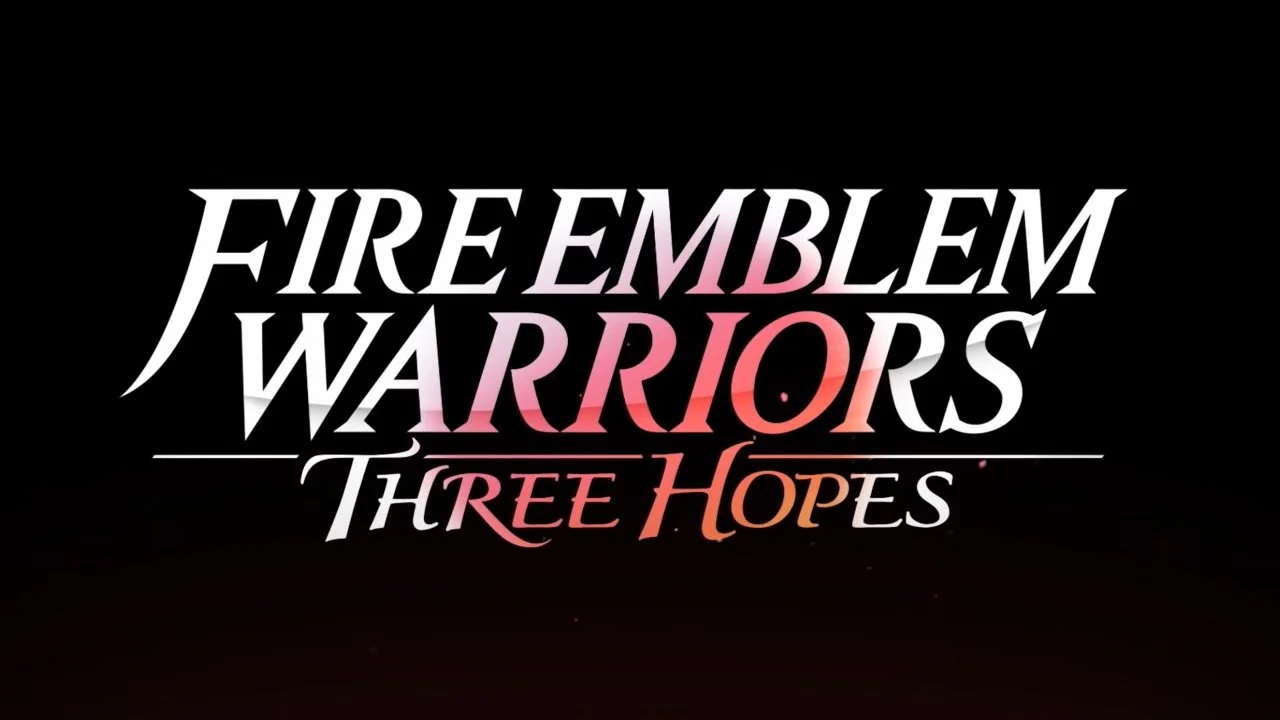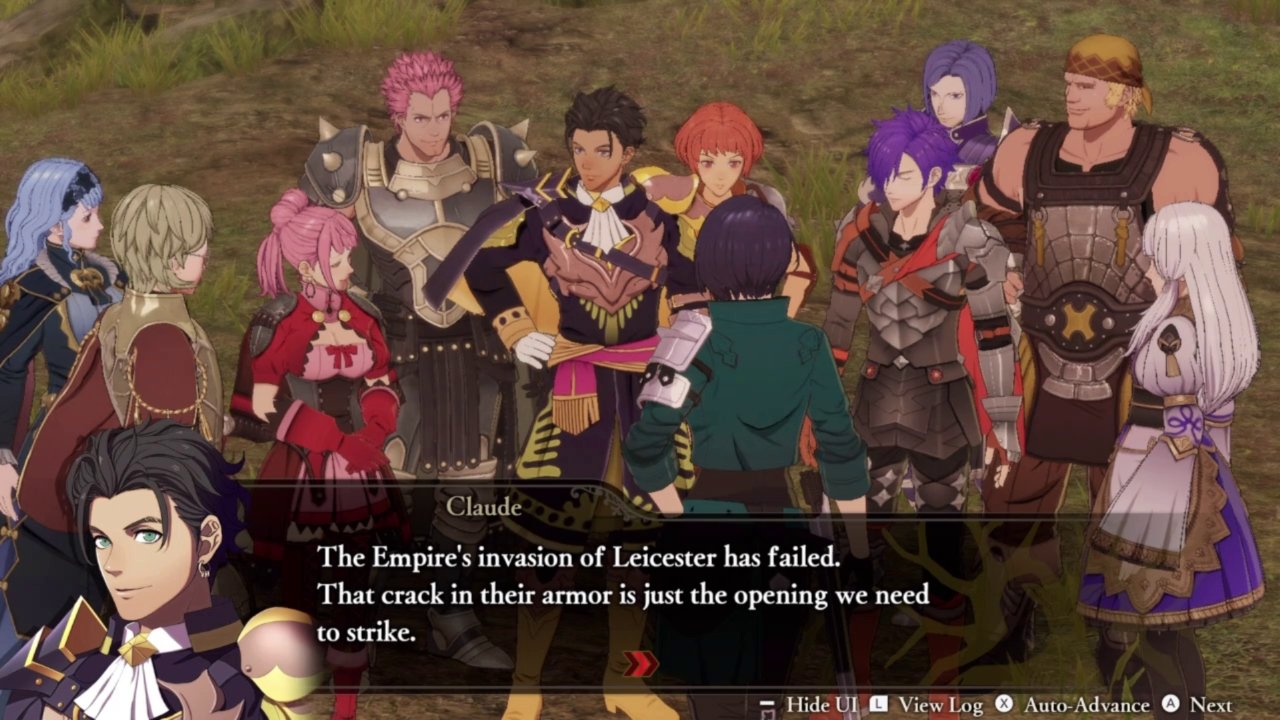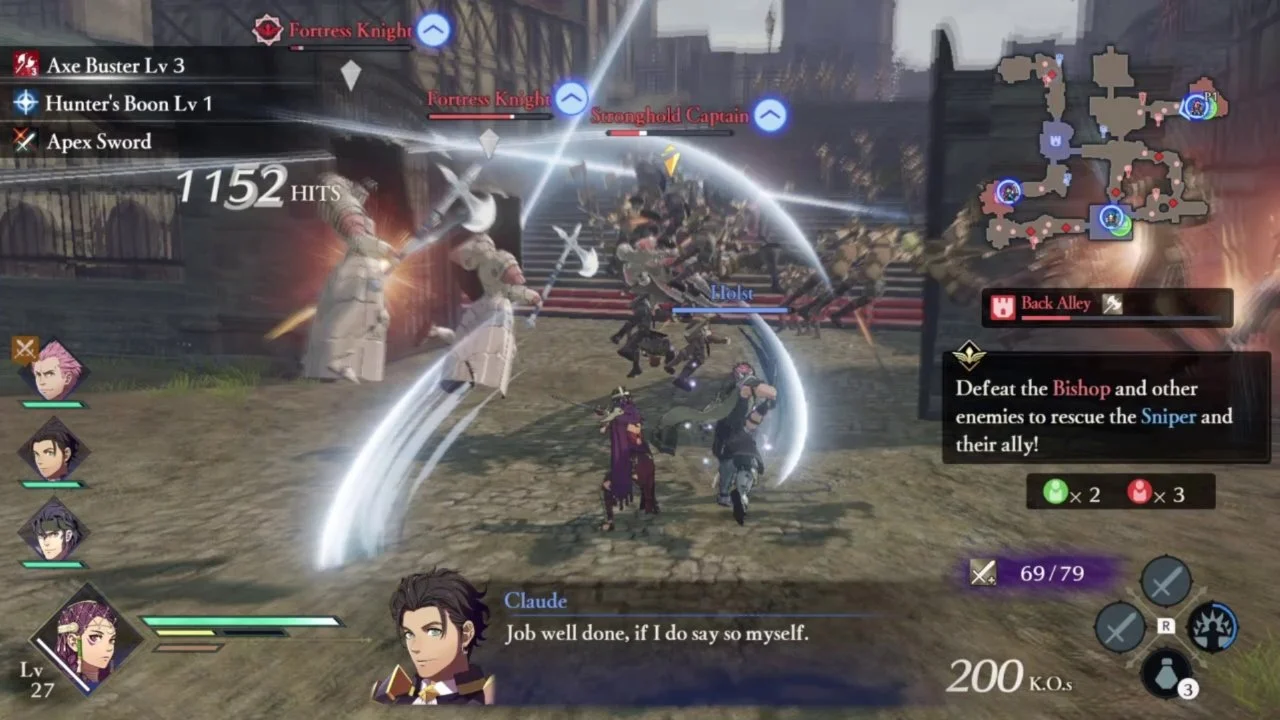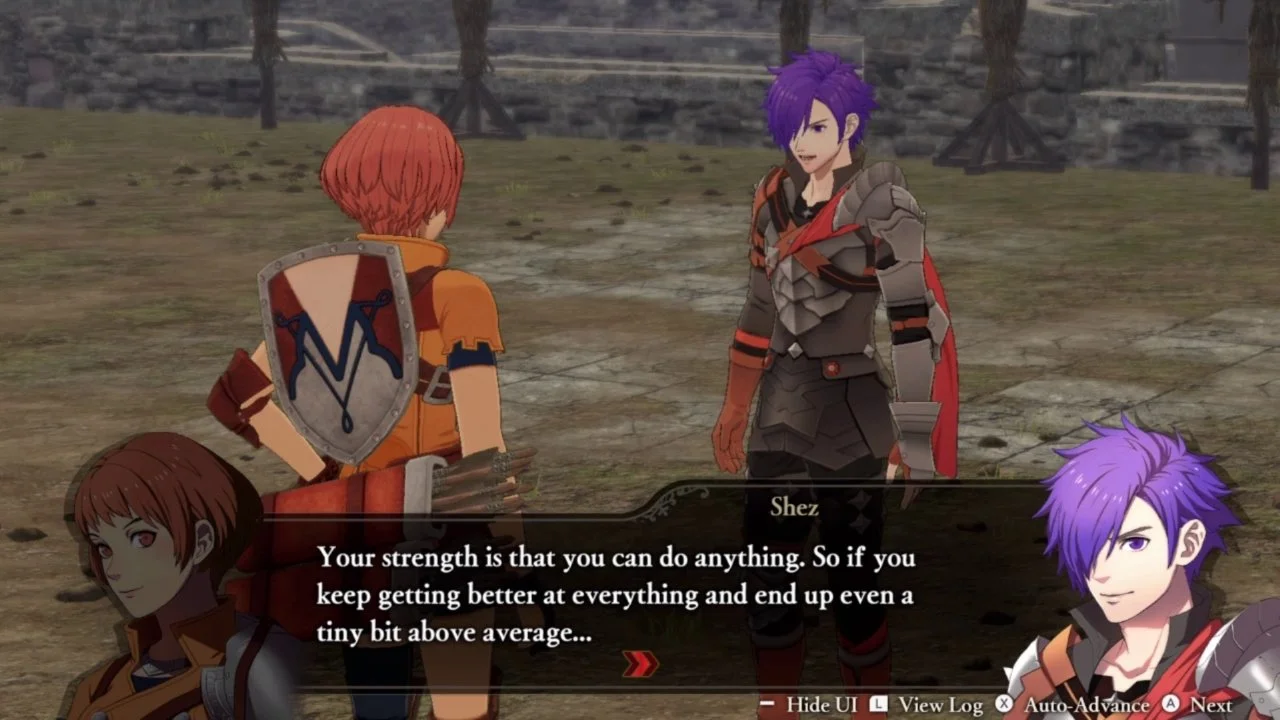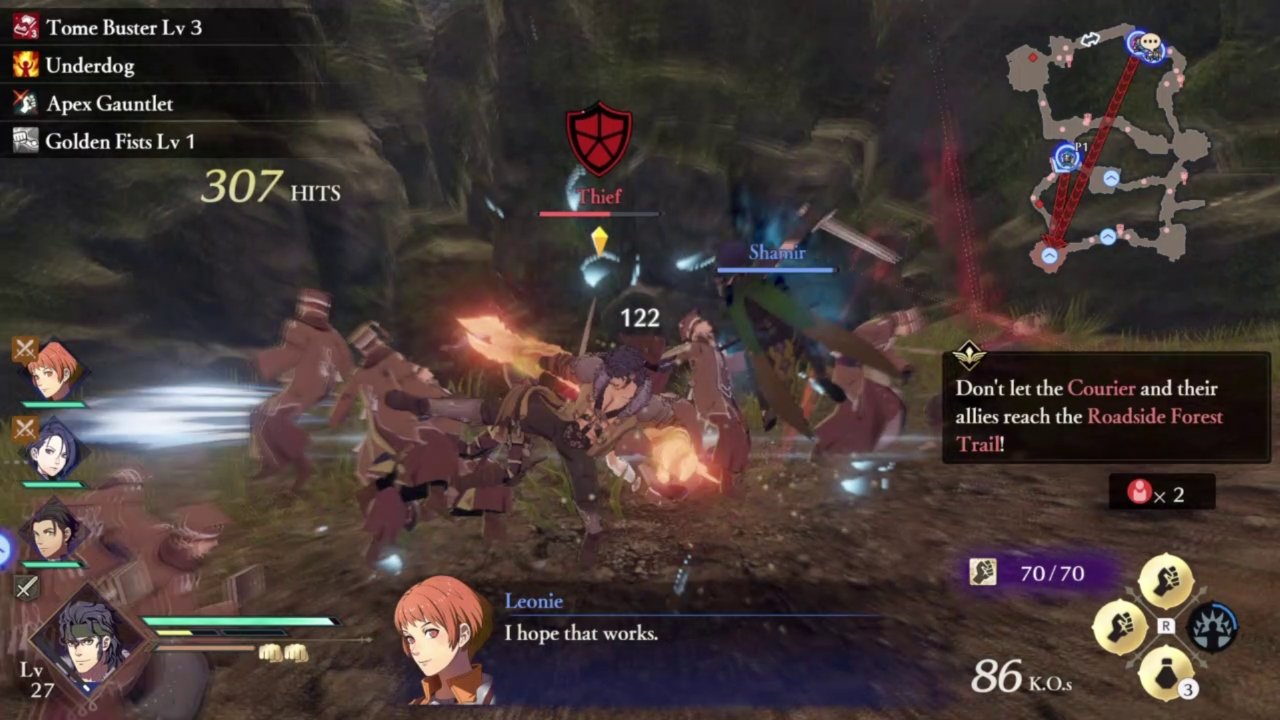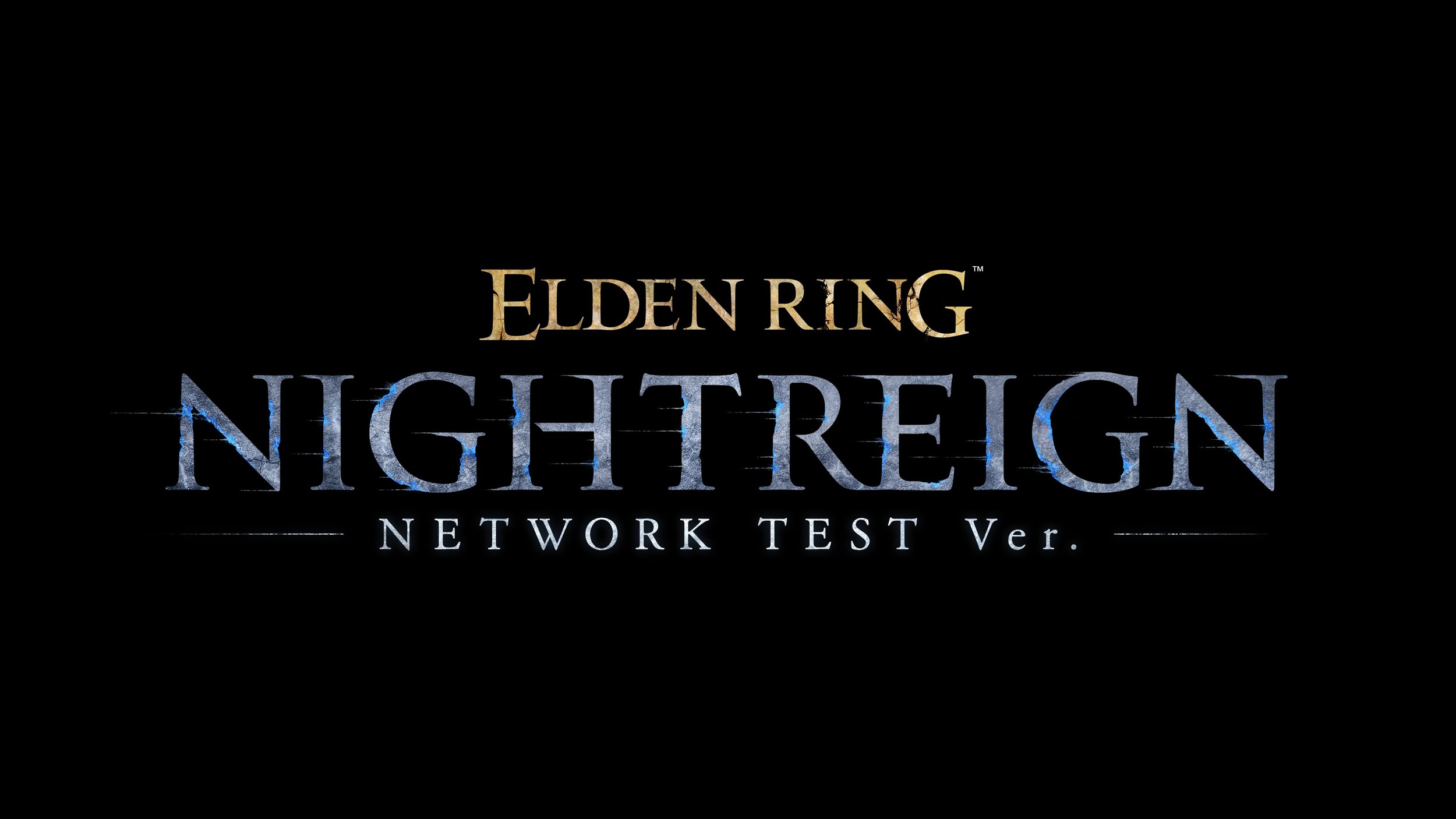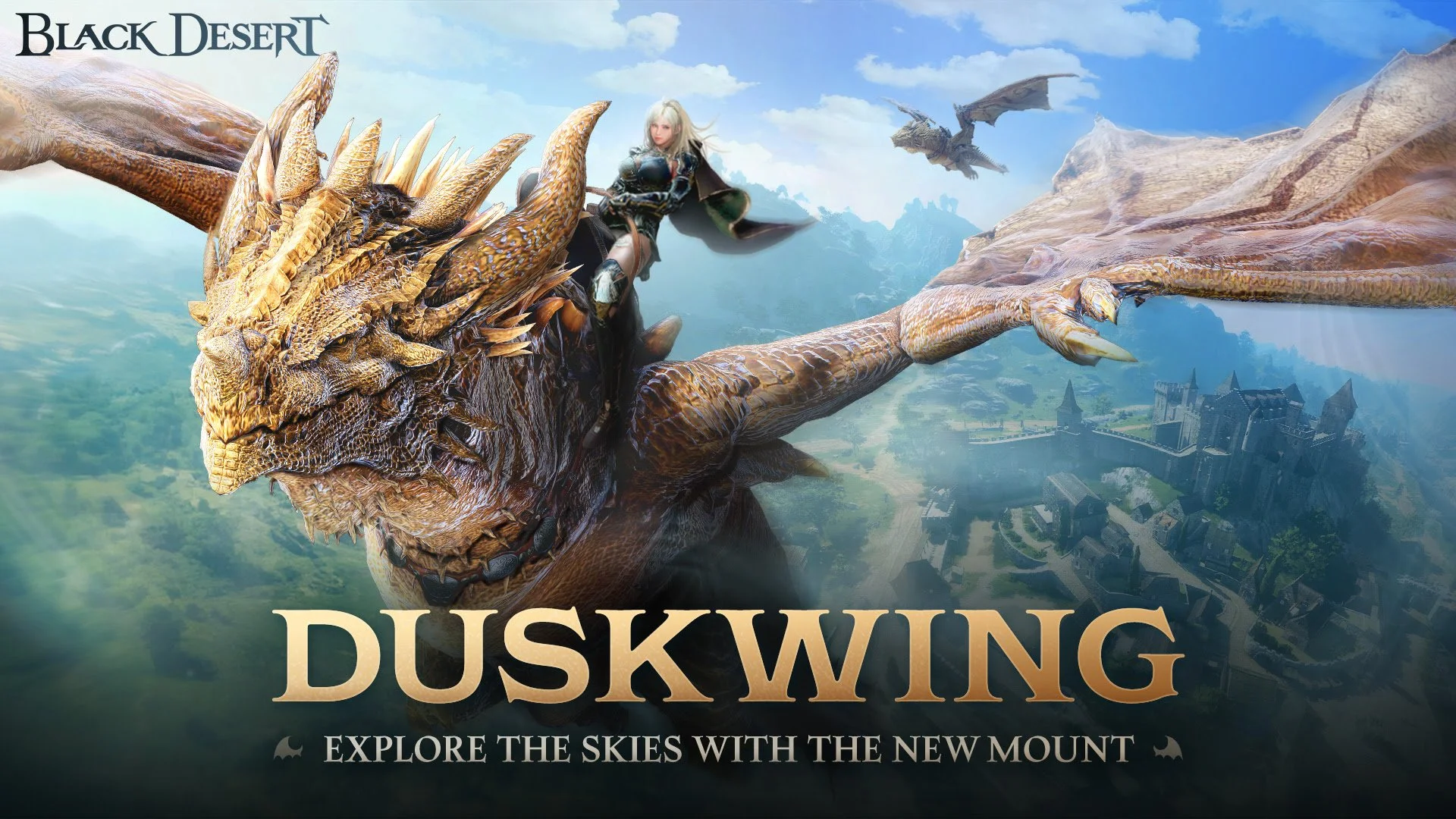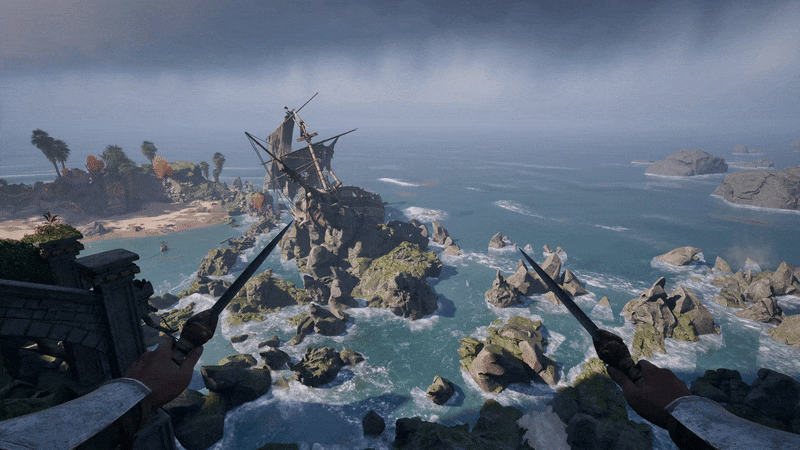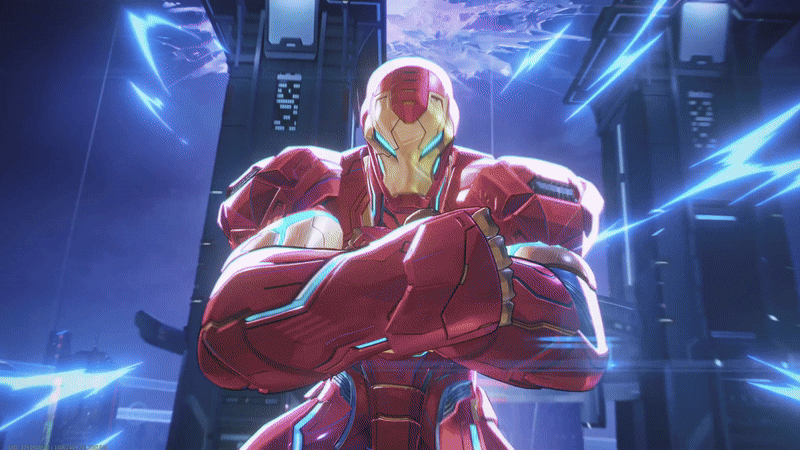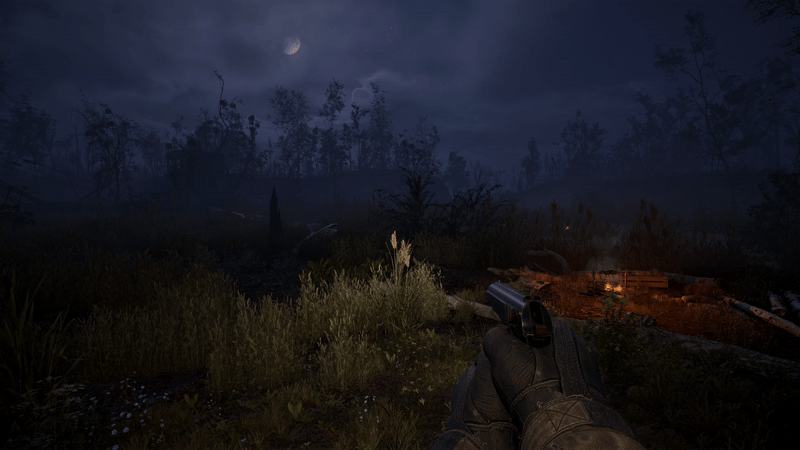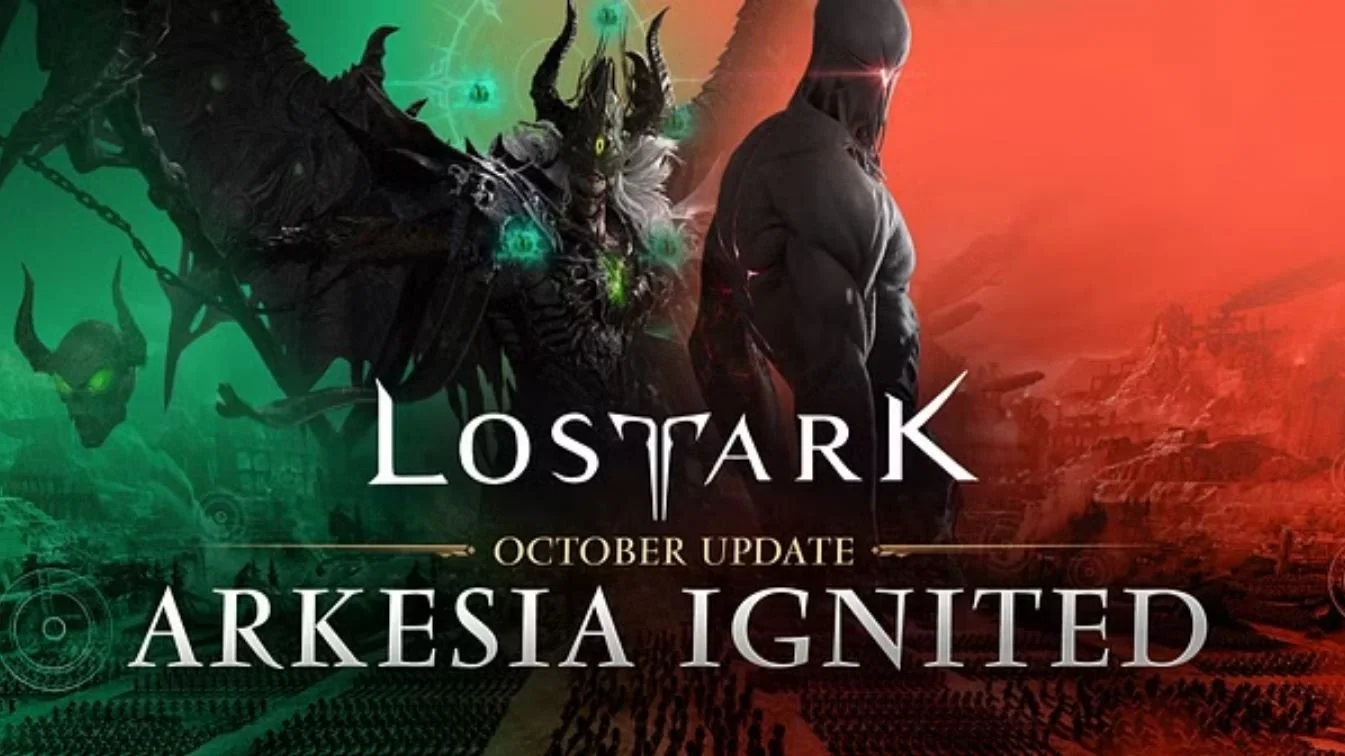Fire Emblem: Three Houses was a benchmark entry in the long-running, tactical RPG franchise, bringing the expected role-playing goodness alongside a robust social sim that featured arguably the greatest video game cast in recent years. Now, Koei Tecmo and Omega Force have had the chance to play in Intelligent Systems’ playground with Fire Emblem Warriors: Three Hopes.
Following up on the success of Hyrule Warriors: Age of Calamity, Fire Emblem Warriors: Three Hopes seeks to inject a bit of action into the turn-based world of Fire Emblem while also capturing the narrative magic of Three Houses. And in just about every way that counts, it succeeds. Fire Emblem Warriors: Three Hopes is an exceptional game that offers an escalating series of surprises in both narrative and combat depth and easily stands alongside its parent title in terms of quality.
Story
As with Fire Emblem: Three Houses, Fire Emblem Warriors: Three Hopes features three, separate story paths that include different characters, narrative beats, and endings. Each one offers a different perspective on the war that rages for the majority of the game, though events do play out differently on account of the main character’s allegiance.
As a result, players will need to invest around a hundred hours to truly experience everything Three Hopes has to offer, as even one playthrough can take upwards of 40-50 hours. There’s a sizable game here, and much of it is filled with intricate narrative development and emotional character moments that echo Three Houses without directly rehashing it.
The remixed nature of Three Hopes’ story seems like it would work against it, but every reference to a plot point from Three Houses feels less like a copy and more like a homage. Paralogue missions that discuss the cursed nature of Marianne’s Crest or Balthus’ gambling debts make clever use of material from the original title without drifting into overly familiar territory.
The overarching story of the war between the Adrestian Empire and the Church of Seiros can be a bit hard to follow at times, but that may only be the case in the Golden Wildfire arc. Golden Wildfire follows its own, tertiary plot that weaves in and out of the central conflict happening across the rest of the continent, but this is by no means a bad thing.
Many of the stories and characters only hinted at in Three Houses make full appearances in this game, including Hilda’s brother Holst and the Almyran prince Shahid. In many ways, Three Hopes feels like playing through an expanded compendium of the various political machinations happening throughout Fodlan during the events of Three Houses. While both games could never truly exist within the same timeline, it nevertheless offers a greater sense of scope and appreciation of the world Intelligent Systems built.
Much of that quality is owed to the writing, which starts out a little rough in the early chapters but quickly becomes incredibly tight and well-paced. Conflicts arise naturally and often surprisingly out of the ongoing war, and both new and returning characters are given exceptional dialogue that’s true to their personalities from the original game.
Overall, even just one path is enough to reveal just how much attention and care was devoted to this game’s narrative development. Fire Emblem Warriors: Three Hopes seeks to tell a new story within the framework of another game, a challenging feat for a writer in any medium. But this game overwhelmingly succeeds, and even manages to surpass its predecessor in a few places.
Gameplay
There is a staggering amount of depth to the gameplay of Fire Emblem Warriors: Three Hopes, which is to be expected from a spinoff of Fire Emblem: Three Houses. What appears to be just another Musou game on the surface is, in fact, a tense, strategic military sim that challenges the player to juggle controlling a character on the field of battle while also making decisive strikes on enemy fortifications.
One misplaced unit or reckless push on an enemy soldier can result in catastrophic failure, which is even more punishing when playing on Classic mode where losing a character in battle means losing them for good. Because of this strategic focus, players will spend just as much time directing their forces from the tactical menu as they will putting the hurt on the opposing army directly.
As for the action itself, each character has a remarkably different feel that is somewhat unique even within the same class. Lorenz and Lysithea might both wield magic, but how they do so and the way their magic takes effect are subtly different. This is mostly because of each character’s unique, passive traits that offer another level of variety to the action.
Many of the systems found in Three Houses return in Three Hopes, including battalions, adjutants, and Combat Arts. Omega Force has adapted all of these to their own game with incredible skill, bending them to fit into new roles without breaking them in any noticeable way.
Battalions now offer resistances against specific weapon types, giving units more versatility in combat. Adjutants will hop into battle to occasionally assist their leader while also offering offensive support during critical attacks. And Combat Arts make the leap to action gameplay very smoothly by transforming into powerful, limited-use attacks that can turn the tide of any battle.
Each disparate piece of combat comes together to make battles feel fun and interesting, even if some of the objectives and environments repeat. The moment-to-moment feel of the combat is sublime, and all the little systems that feed into it make it all the better.
The flip side of the gameplay is everything that happens at camp, which functions a lot like Garreg Mach Monastery in Three Houses. This is where players can interact with their recruits, earn support points, upgrade weapons, unlock classes, and just about every other support system that feeds back into both the story and battles.
There’s a beautiful synergy to it all, but Three Hopes does have some of the same late-game slump that Three Houses suffered from. Once all the desired character classes have been acquired and mastered, the RPG aspects of the game fall off a bit and everything starts to feel a bit too easy. There are also a few issues with the camera when locked on to an enemy unit that could make even the most solid stomach queasy.
Audio and Visual
Fire Emblem Warriors: Three Hopes has some of the best background music of any game this year, which is no surprise as it uses most of the original soundtrack from Three Houses. There’s an element of nostalgia at work there, but it’s also just exceptional music that fluctuates to set the tone for whatever situation in which the player might find themselves.
Three Hopes also brings back the majority of the original voice cast from Three Houses, which goes a long way in making the game feel like a reunion with old friends. There’s something pretty magical about hearing Lorenz pontificate about the responsibilities of nobles while Hilda complains about work once again.
Fire Emblem Warriors: Three Hopes also features Billy Kametz’s final voice performance, as the game was released after his death. He voiced Ferdinand von Aegir, a role he originated in Fire Emblem: Three Houses. Kametz was a legendary voice actor who lent his incredible talent to dozens of anime and video games over the years, including an incredible turn in Persona 5 Royal as Dr. Maruki. His impact on the video game industry cannot be overstated.
Visually, Three Hopes is impressive in how smoothly it runs in just about every scenario, even when there are hundreds of soldiers on-screen at once. The character models all look great, especially with their redesigned appearances, but the environments do sport the same, unpolished look they had in Three Houses. At this point, it seems like an intentional design choice, but it still doesn’t make it pleasant to look at.
What Could Be Better
There are a few progression issues throughout the game that Omega Force attempted to smooth over in a less than elegant manner. Leveling up the entire roster of characters together is nearly impossible, and players will likely find themselves with a few powerhouses outstripping the rest of the pack. There is a way to boost up the lower-level characters, but it takes the form of literally purchasing levels for them with gold. The fact that this system is in the game at all reveals how character progression is a little broken.
There’s also the camera, which can be a little difficult to work with while locked on to an enemy during battle. Switching between targets and controlling the camera are both mapped to the right joystick, which will likely result in accidental switching while in the middle of battle. The range and direction of the lock-on feature also need fine-tuning, as it will frequently choose an enemy on the other side of the battlefield over one standing mere steps away.
Verdict
Fire Emblem Warriors: Three Hopes is a delightful surprise that both remixes and pays homage to one of the best, tactical RPGs of the past decade. It manages to find its own identity that’s distinct from Fire Emblem: Three Houses, and it leans into that identity with a fervor that will undoubtedly leave players impressed. While its central story might not have the same clarity or direction as Three Houses, Fire Emblem Warriors: Three Hopes weaves a compelling and engrossing tale filled with wonderful characters, exciting gameplay, and enough content to keep fans sated for quite some time.
